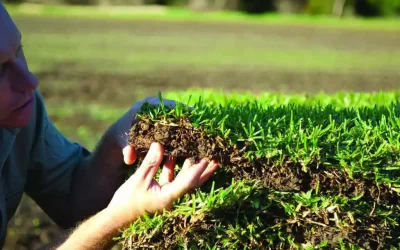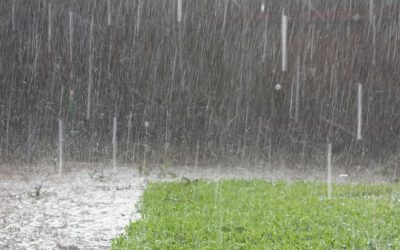Identifying Lawn Grubs in Your Lawn
Pest Control
Once they find a lawn they are happy with, they will lay huge clumps of eggs. These will hatch within 2 to 5 days becoming grub larvae, better known as caterpillars. It is this stage of the lifecycle that you will find the most damage is dealt to your lawn. They will chew through your lawn for about 18 to 24 days until they finally become pupae and then about a week later, moths.


So, what are the signs of lawn grubs?
- Increased bird activity on your lawn shows they’ve clued onto the increased amount of snacking opportunities on your lawn.
- Seeing greyish-brown moths flying around, especially at dusk, is a sure sign they are scoping out your lawn.
- Brown patches of lawn that can be easily lifted from the ground indicate that lawn grubs have chewed through the roots of that area.
- Or, a spongy lawn. A spongy lawn can also indicate thatch build up but it’s definitely worth checking a grub infestation isn’t the issue.

To control the lawn grubs that have made your lawn their home, you should use Lawn Lovers Grub Guard. It may take a while for the cycle to be broken but it will be worth it in the end. Choosing a product that will remain in the soil will help with this over time.

Recommended for you...
How to Effectively Aerate Buffalo Lawn
When it’s time to aerate buffalo lawn, knowing the right techniques and timing is key to achieving a dense, strong turf.
How To Thicken Your Lawn For A Lush Green Yard
A thick lawn not only looks appealing but also helps in crowding out weeds, improving soil health, and providing a comfortable area for outdoor activities.
How To Recover A Lawn After Flooding
Get expert tips on draining excess water, removing debris, proper mowing, fertilization, and post-recovery care to ensure a lush, green lawn



